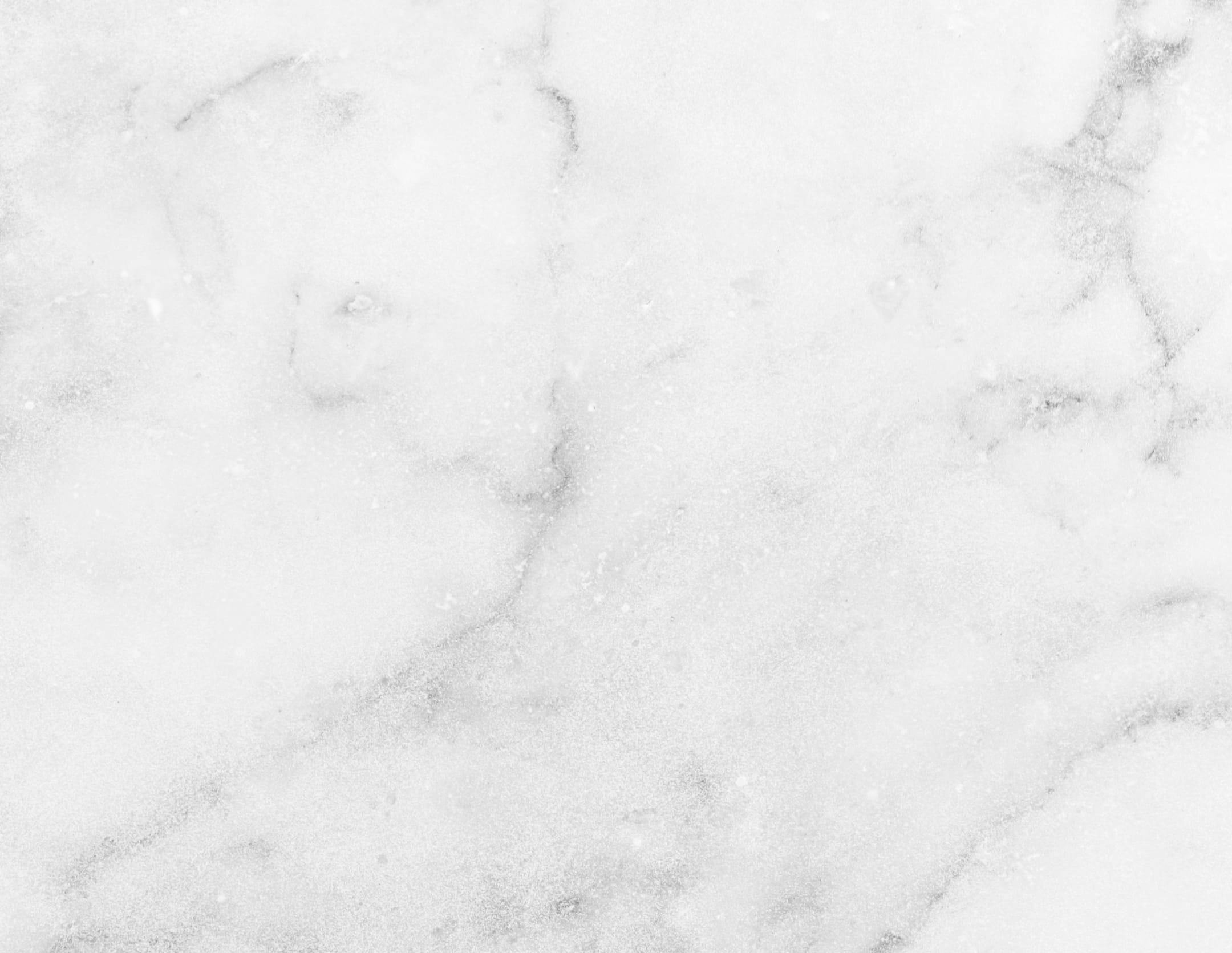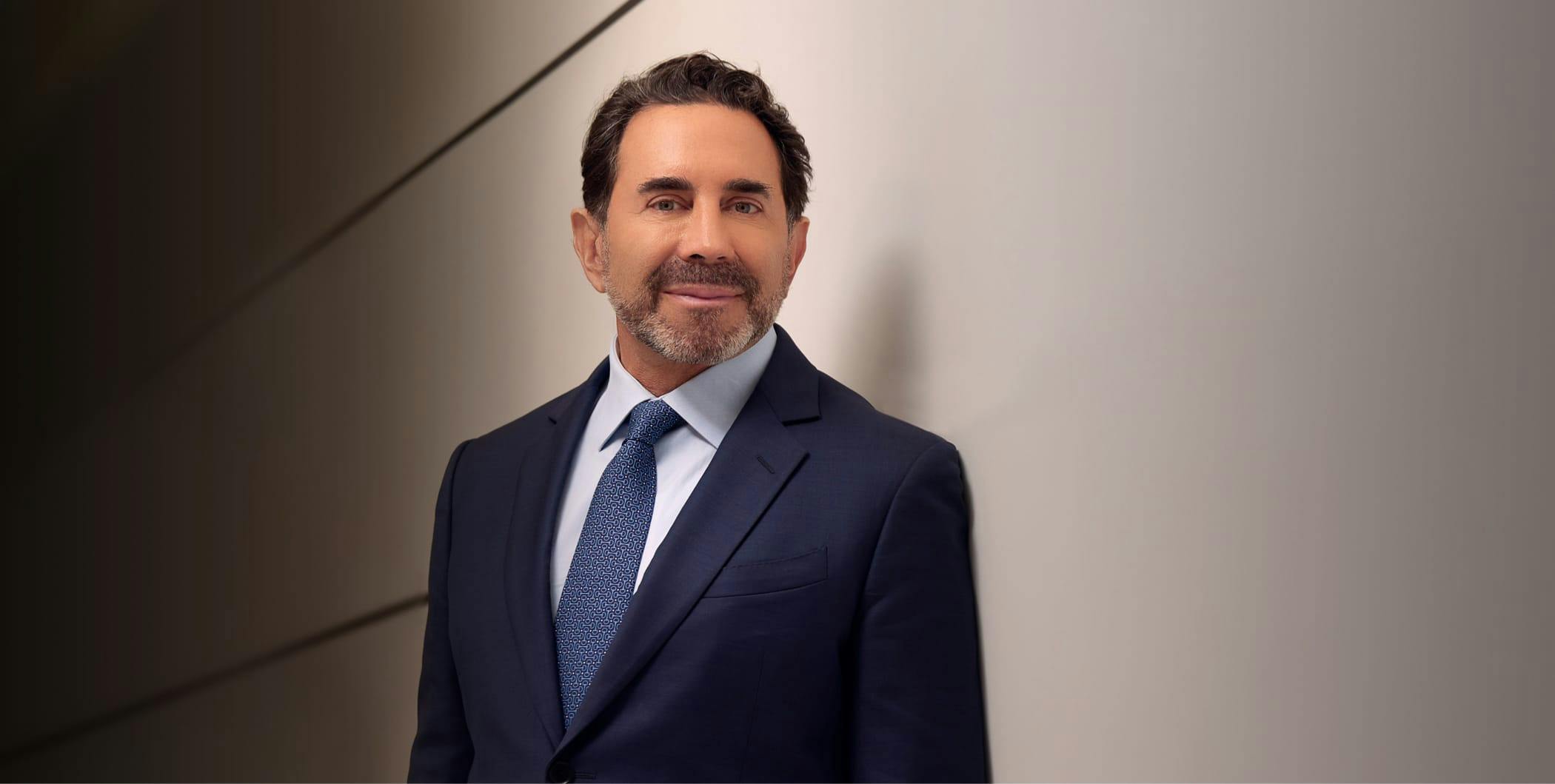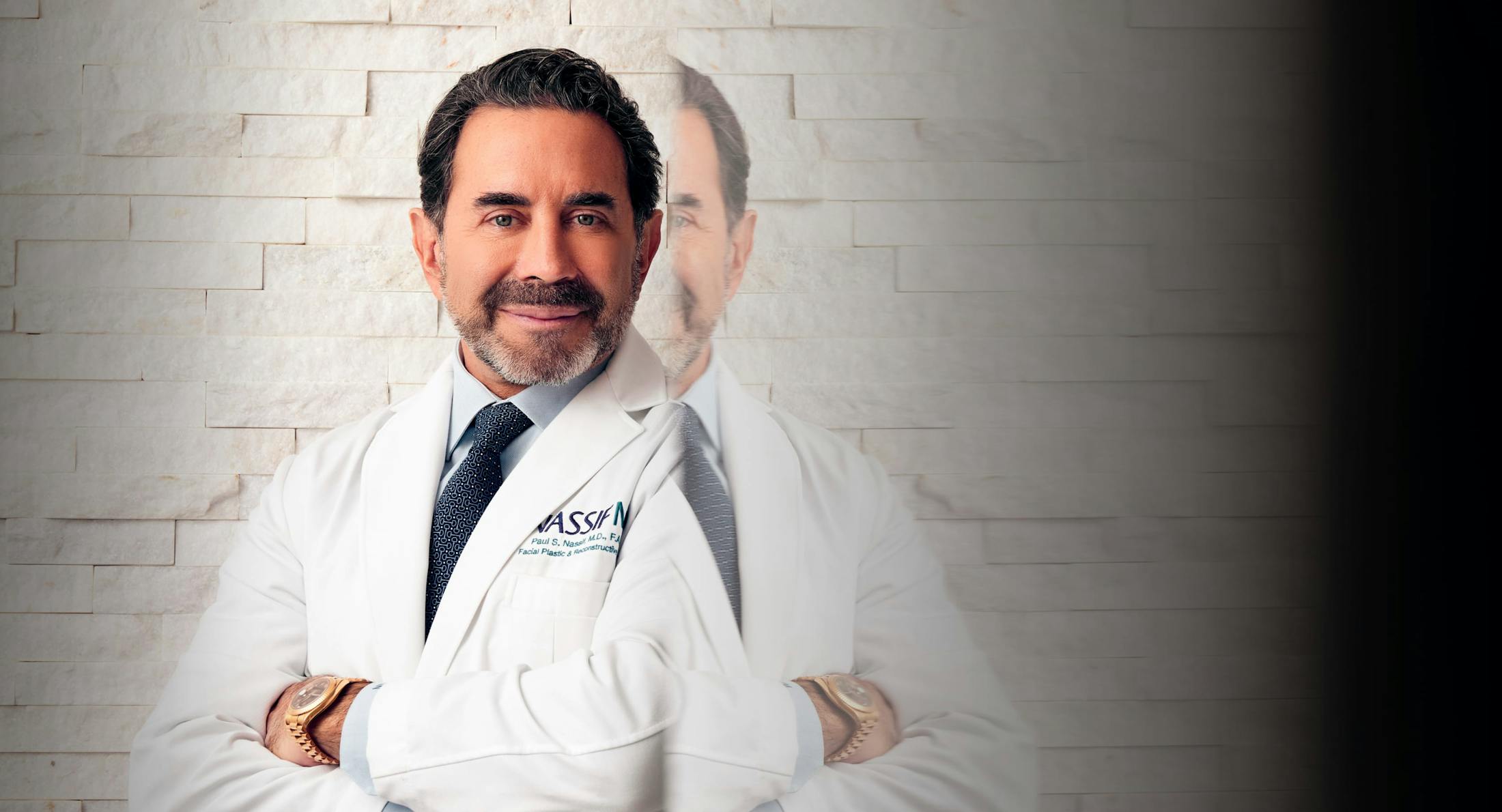Eyelid surgery, also known as blepharoplasty or an "eyelift," can be performed on the top eyelids, bottom eyelids, or both, typically to reduce sagging in the lower eyelid and/or remove excess tissue in the upper eyelid. The results from eyelid surgery in Beverly Hills with Dr. Nassif can have both aesthetic and functional benefits and are long-lasting.
As we age, our skin begins to lose its volume and definition. The collagen that once gave our skin its youthful structure and smooth surface begins to decrease, wrinkles form, skin starts to sag, and fat deposits are slowly pulled down by gravity. A loss of skin elasticity combined with decreased tissue volume frequently results in sagging skin on both the upper and lower eyelids, causing wrinkles and bulges.
On the upper lid, this can cause the extra skin to hang low over the eye itself, even going so far as to obscure the vision of the patient. On the lower lid, the weight of extra skin and decreased tissue can cause the eyelid to droop so that the white of the eye is visible beneath the iris. This most commonly occurs in older adults, but can show up earlier in life for hereditary reasons.
A layer of fat serves as a cushion between our eye itself and the skeletal eye socket. In addition to sagging skin, as we age, this membrane often loosens and weakens, allowing the fat deposits to bulge out around the eyes -- similar to the way a hernia forms. An eyelid lift can help to correct these issues, restoring a better field of vision as well as a more youthful appearance.











